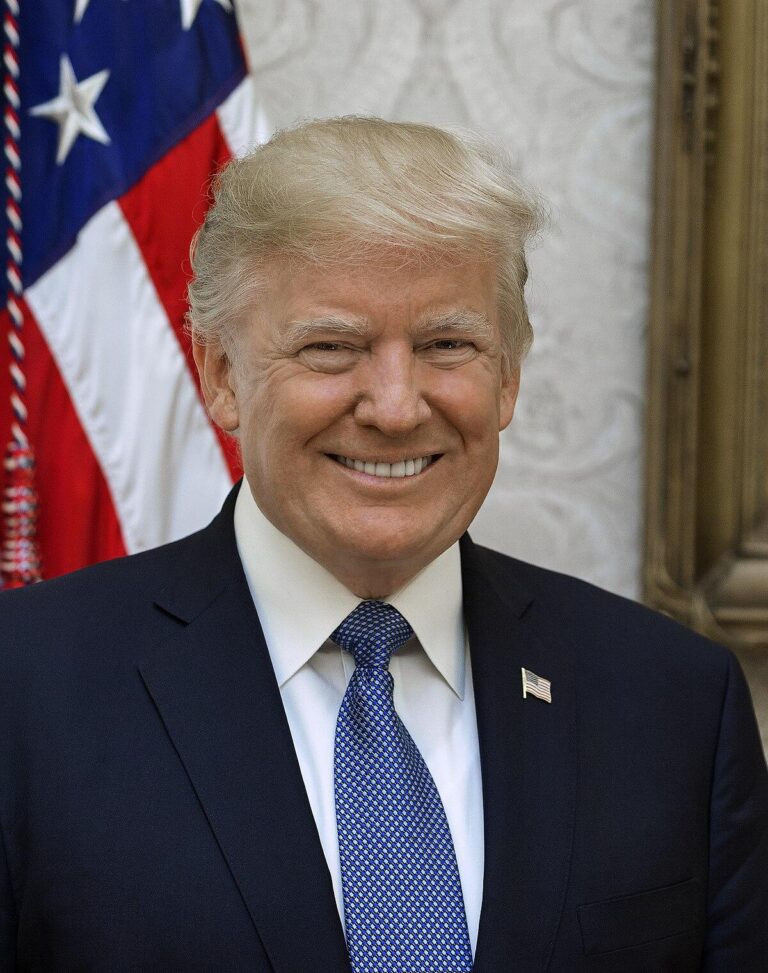President Trump’s Executive Order to Eliminate the Department of Education: A Revolutionary Shift in Federal Education Policy
Decentralizing Education Governance: Strengthening Local Authority
In a bold and unprecedented decision, President Donald Trump has signed an executive order to dismantle the Department of Education, signaling a fundamental transformation in the federal government’s involvement in education. This initiative emphasizes transferring control from the federal level to state and local authorities, aiming to empower communities to tailor educational programs that better address their specific needs. Advocates of this approach argue that decentralization will foster innovation and responsiveness by allowing districts to design curricula and policies that reflect local priorities.
The executive order introduces several key reforms intended to reshape the education landscape, including:
- Eliminating federally mandated standardized testing requirements
- Promoting the creation of state-driven accountability systems
- Broadening school choice through expanded charter schools and private school voucher programs
- Replacing rigid federal funding formulas with flexible block grants to states
| Area of Focus | Planned Reform | Timeline for Implementation |
|---|---|---|
| Standardized Testing | Elimination of federal testing mandates | Within 12 months |
| Funding Structure | Introduction of block grant funding | Within 18 months |
| Governance | Immediate enhancement of local control | Effective immediately |
Key Provisions of the Executive Order and Their Immediate Impact on Education
The directive mandates a gradual phase-out of the Department of Education, reallocating its responsibilities to state governments and private entities. Central to this policy overhaul is the withdrawal of federal oversight in K-12 education, direct distribution of federal funds to states, and a substantial downsizing of federally managed student aid programs. This restructuring grants local districts unprecedented autonomy to develop curricula free from federal restrictions, which supporters believe will encourage educational innovation tailored to community needs.
Notable immediate changes include:
- Ending federally required standardized testing in public schools
- Shifting administration of student financial aid to state authorities
- Expanding voucher programs to enhance access to private schooling options
- Reducing federal regulatory requirements to streamline school operations
| Policy Area | Change Enacted | Expected Result |
|---|---|---|
| Federal Funding | Direct allocation to states | Increased local discretion |
| Standardized Testing | Federal mandates removed | Greater variability in assessments |
| Student Financial Aid | State-level oversight | Varied access and administration |
| Curriculum Authority | Decentralized control | Enhanced adaptability to local needs |
National Reactions: Varied Opinions from Lawmakers, Educators, and Advocacy Groups
The executive order has sparked a wide range of responses across political and educational sectors. Conservative lawmakers have largely praised the move as a triumph for state sovereignty and a reduction in federal overreach. Senator Lisa Montgomery remarked, ‚ÄúThis policy restores power to local communities, allowing them to shape education in ways that best serve their students.‚ÄĚ In contrast, Democratic officials have expressed deep concerns, warning that dismantling federal protections could undermine decades of progress toward equitable education. Representative David Kim stated, ‚ÄúRemoving federal oversight threatens vulnerable students and risks widening achievement gaps.‚ÄĚ
- Teacher unions have voiced apprehension about potential job losses and funding reductions.
- Advocacy groups from across the political spectrum are organizing legal challenges and public awareness campaigns.
- Moderate analysts call for cautious reform, emphasizing the importance of maintaining educational quality during the transition.
| Stakeholder Group | Primary Concern | Position |
|---|---|---|
| Teacher Unions | Job security and funding stability | Strong opposition |
| State Governors | Challenges in implementation | Mixed, cautiously optimistic |
| Parent Advocacy Groups | Quality of education and school choice | Divided viewpoints |
Guidance for States and School Districts Amidst Shifting Federal Policies
In light of these sweeping changes, states and local districts must bolster their administrative capabilities and establish strong oversight mechanisms. Engaging educators, families, and community stakeholders will be critical to developing flexible, innovative educational models. Furthermore, diversifying funding sources through partnerships with private organizations and local tax initiatives can help offset reductions in federal support.
Recommended strategies include:
- Deploying advanced data systems to ensure transparency and accountability independent of federal mandates
- Creating adaptable budget frameworks to manage funding variability without disrupting services
- Investing in continuous professional development to align teaching with new local standards
- Maintaining open communication with federal agencies to monitor regulatory changes and funding opportunities
| Challenge | Proposed Solution |
|---|---|
| Reduction in federal grant funding | Expand local fundraising efforts and public-private partnerships |
| Loss of federal mandates | Develop state-specific accountability and assessment systems |
| Uncertainty in oversight roles | Increase community engagement and transparency initiatives |
Looking Forward: The Trajectory of U.S. Education Following the Executive Order
As President Trump moves forward with plans to dissolve the Department of Education, the country faces a pivotal moment in the governance of education. Stakeholders across sectors are closely monitoring the unfolding developments, weighing the potential advantages of enhanced local control against the risks posed by diminished federal support. The long-term effects of this historic policy shift will become more apparent in the coming months as implementation advances and responses from Congress, educators, and communities take shape.




